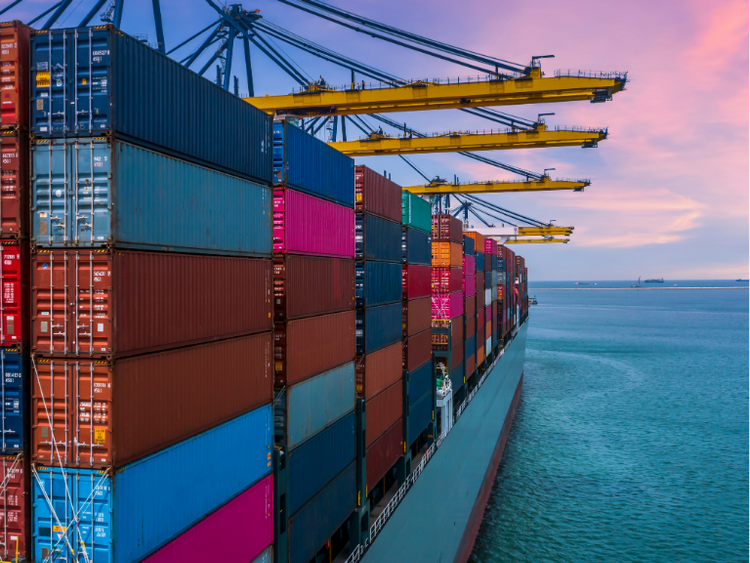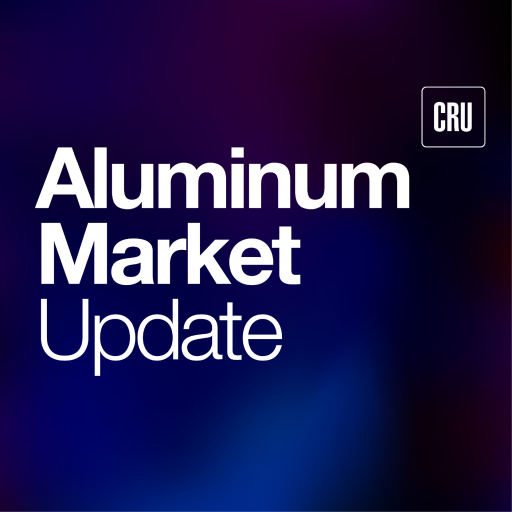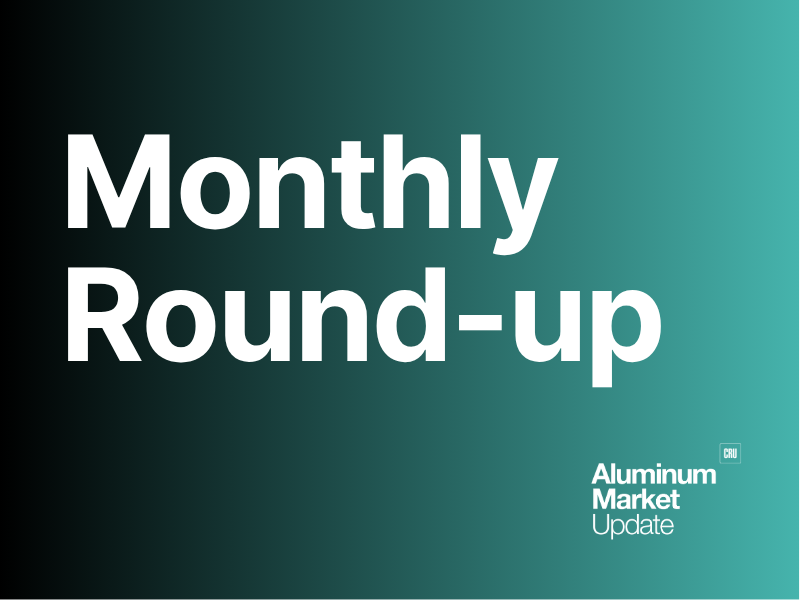Global Trade

August 26, 2025
Container rates continue to fall
Written by Greg Wittbecker
Container rates, as reported by leading freight analysts — Drewry, Xeneta, and others — continue to fall steadily. Rates have now declined for 10 consecutive weeks.
The effect of substantial front-end loading of transpacific freight from China and Southeast Asia appears to still be lingering, as spot demand remains weak for many carriers.
Some had expected rates to stabilize after the U.S. extended its temporary 10% tariff on Chinese goods until Nov. 10.
However, the U.S. Trade Representative (USTR) fees on Chinese-built or Chinese-owned/operated vessels are still scheduled to go into effect on Oct. 14th. These fees – $50 per ton on Chinese-owned or operated vessels, $18 per ton on Chinese built-vessels – are acting as a brake on charters into U.S. ports.
Braemar’s Weekly Container Market Developments reported a 2% reduction in calls by Chinese-built and operated vessels, compared to July 2025. “These reductions suggest some carriers are already reducing reliance on Chinese-owned and -built tonnage in US trades ahead of the fee implementation,” according to Braemar.
Xeneta’s XSI container index posted the most severe decline, down 4.55% week-on-week for its Asia-U.S. West Coast trade, with average spot rates at $1,826 per 40-foot container.
Drewry’s World Container Index (WCI) on Shanghai-LA rates dropped 3% week-on-week, to $2,412 per 40-foot container, while Shanghai-New York was down 5%, to $3,463 per 40-foot container.
There is growing concern that the uncertainty over the U.S. tariffs on Chinese goods may be stunting import demand well into 2026, with the higher replacement costs for many goods finally weakening U.S. demand.
Speculation is high that retailers are reaching the point of passing through costs to U.S. consumers, with prices that no longer reflect pre-tariff assumptions.
Rates from Asia to Europe are also under pressure.
Braemar expects European spot rates to continue decreasing, after a 6% week-on-week decline to $2,973 per 40-foot container on Shanghai-Rotterdam, and Shanghai-Genoa down 3%, to $2,978 per 40-foot container.
Xeneta’s XSI listing for Far East-Europe fell 6.04% week-on-week, with spot rates down to $2,989 per 40-foot container.
Why This Matters
White House tariff policy and the looming penalties for Chinese vessel calls at U.S. ports are the key drivers behind future price action on the Asia-U.S. trade lanes.
If this were not enough to handicap shippers, surcharges persist on the Arab Gulf/Red Sea situation, with many opting for the longer voyage around the Cape of Good Hope. Most aluminum producers in the Gulf region are still employing this routing, which adds 14-17 days to the U.S. Gulf or East Coast arrivals.
This adds yet another layer of costs that must be recovered in higher Midwest P1020 premiums as negotiations move into 2026. These costs will also feed into premium indicators for all seaborne offers for 2026, which are already positioned for substantial increases to fully recover Section 232 duties. Shippers of sheet, plate, and extrusions will also be under pressure to “make whole” on these same costs.







